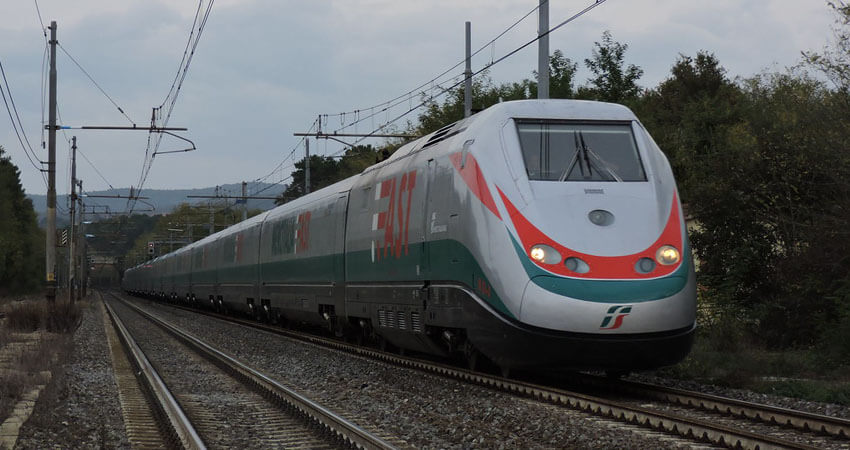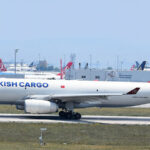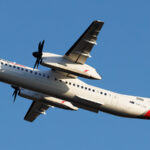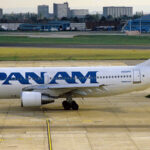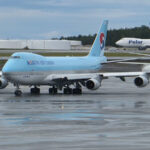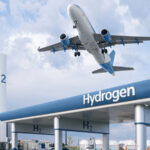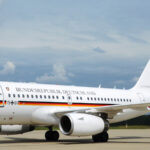In their own way, trains and airplanes have revolutionized freight transportation. Since the 19th century, trains have been the most economical method, but in the 20th century, cargo planes added a speed to transportation that was unimaginable. But has the last word been said? Freight transportation is becoming increasingly complex and varied, with demands becoming more challenging for logistics companies. Their customers are looking for their goods to travel farther, faster, and cheaper. It is the combination of these factors that poses the greatest challenge.
Air Cargo: Faster but More Expensive
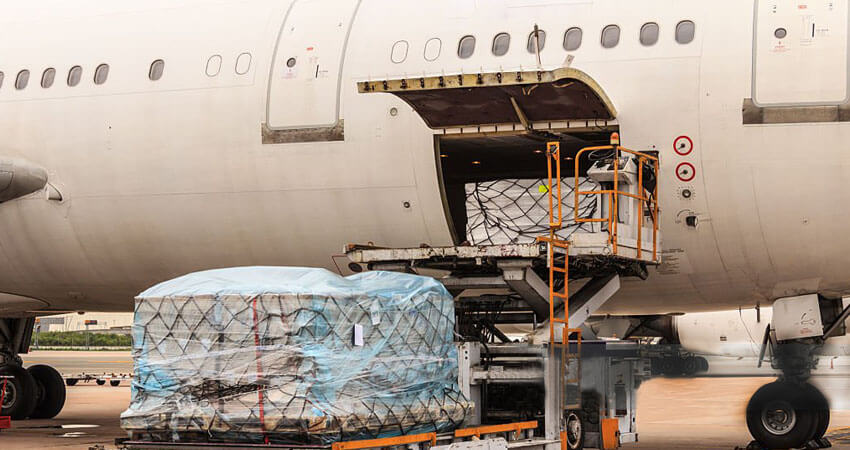
Cargo planes have a huge advantage over any other mode of transport: their speed. Even slow turboprops have an enormous capacity to carry goods over long distances in a very short time. But they also have the ability to cover terrain that can be difficult to reach with other means of transport.
In addition, they are extremely reliable. Although they can be affected by various factors, such as the weather or a strike, in general terms, their movements are very precise. Moreover, unlike transport by sea or even by truck or van, it is much more difficult for your journey to be delayed.
This makes it especially appreciated for the transport of perishable and high-value-added cargoes, as well as others that must arrive very quickly at their destination. For example, fine fruit, flowers, or a shipment of vaccines often use this type of transport to maximize the shelf life of their products at the destination.
However, its cost is very high. The speed of air cargo and the relatively small cargo capacity of each aircraft make the price per tonne unfeasible for cheap or very heavy goods. For them, there are other means of transport.
Freight Trains: Slower but Cheaper
Freight trains have always been slow and still are. Even today, it is rare for them to exceed 100 km/h, and in most countries, they tend to run at less than 40 km/h. Even the European Union pointed out in a 2016 report that freight trains are slower but cheaper, with only a few corridors in the bloc reaching average speeds of 50 km/h, somewhat below trucks, and with the average being lower.
But what the trains have maintained, however, is their low cost. With an enormous load capacity per train, which can have more than 100 cars, it seems the most suitable transport for cheaper goods per unit, heavier, and of greater volume and that do not require speed for their proper preservation.
High-speed Freight Trains
But some projects are beginning to appear to promote high-speed rail transport. This is especially possible in countries that have high-speed networks that are usually only used for passenger transport: these tracks are available for potential use by freight trains.
The step forward is being taken by the Chinese. CRRC Tangshan is building freight trains that can reach 350 km/h, with special technology to avoid possible swaying or derailment. In fact, they determined, through algorithms, the most suitable shape for their formations. And also that the cargo will have to use special containers, adapted to the shape of the train and its high speeds.
However, some projects have already failed. For example, in Italy, the Mercitalia Fast service, created in 2018, sought to be the pioneer in Italy for the creation of a high-speed freight network. Its route, of more than 500 kilometers, linked the north and south of the country in just 3:30 hours. However, in 2022, and without further explanation, the operator Trenitalia discontinued the service. Workers said the service, with only one daily frequency, had only one customer: Amazon.
The Strengths of Air Cargo
China’s vast distances mean that freight transport with high-speed trains can be viable. Even in Europe or Japan, where there are large rail networks of this type, it may be a possibility. But one thing must be clear: air freight will survive because of its virtues.
As research by scientists at the German Aerospace Centre and the Technical University of Berlin shows, high-speed freight trains would be more of a competitor to trucks as ground transport than to airplanes.
This is because air freight is irreplaceable in terms of speed, but also in terms of distance and versatility: a high-speed train does not cross oceans, nor can it reach a city for which no rail route was planned in a matter of a few hours. The ability to travel to distant and remote places gives airplanes a great advantage over trains, no matter how fast they travel.

